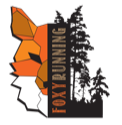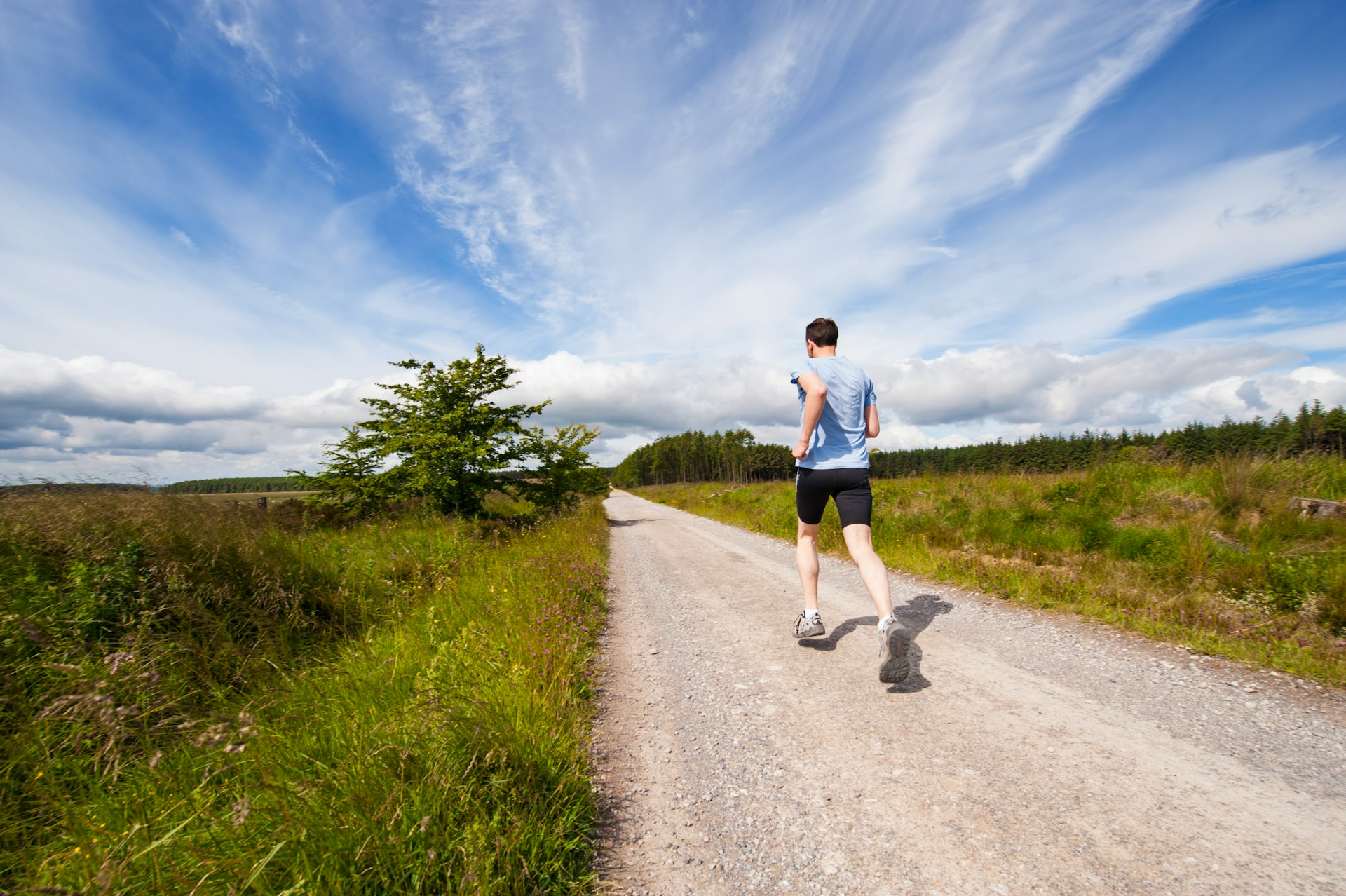If you’re an avid runner, you’ve likely heard about the minimalist running craze. Minimalist running shoes have a thin, lightweight sole with little to no cushioning or support. The goal is to mimic barefoot running as closely as possible while still providing just enough protection from the elements.
Proponents of minimalist running claim it helps strengthen feet and lower legs while promoting better form. Reducing injury risk is another oft-cited benefit. But is minimalist running right for you? And if you want to make the switch, how should you transition from traditional running shoes? This article covers the key benefits of minimalist running and provides tips for easing into it.
Benefits of Minimalist Running
Strengthens Feet and Lower Legs
With less cushioning underfoot, your feet and lower leg muscles have to put in more effort. This helps strengthen tendons and intrinsic foot muscles you may not normally activate. Stronger feet and ankles lead to increased stability, balance, and proprioception.
Encourages Better Form
Thickly cushioned shoes allow sloppy running form, like heavy heel striking. Minimalist footwear cues you to land lightly on the balls of your feet instead. This natural forefoot strike activates your calf and foot muscles as shock absorbers rather than relying solely on shoe cushioning. Better form means optimized efficiency and less wasted motion.
May Reduce Injury Risk
Research on this benefit is mixed. However, by strengthening and stabilizing muscles and encouraging better mechanics, some studies show minimalist runners have fewer repetitive stress injuries. The natural foot strike also decreases the load on knees and hips compared to heel striking in cushy shoes.
Promotes Ground Feel
With so little between your feet and the trail or pavement, your nerve receptors pick up more detailed sensory information about the terrain. This heightened ground feel improves stability and reflexes while running over variable surfaces.
Allows Toe Splay
Minimalist shoes have a nice wide toe box allowing your toes to relax and spread out instead of being squeezed together. This natural toe splay engages your foot’s intrinsic muscles more efficiently with each step.
Tips for Transitioning to Minimalist Running Shoes
Don’t Go Cold Turkey!
Give your body at least 6-8 weeks to adapt to minimalist footwear. Transition slowly by alternating between traditional and minimalist running shoes for shorter runs. As your feet strengthen, gradually increase distance in the minimalist shoes.
Start on Softer Surfaces
Run your first few times in minimalist shoes on soft dirt trails rather than hard concrete. These cushions impact as your foot muscles acclimate. Grass fields are another good beginner option before progressing back to roads.
Focus on Form
Concentrate on taking quick, light steps and maintaining good posture. Increase your cadence to 180 steps per minute or higher. Lean slightly forward from the ankles – not the waist. Relax your arms and don’t clench your fists or tense your shoulders.
Listen to Your Body
If a joint or muscle starts aching, don’t try to push through pain or soreness. Take off the minimalist shoes and allow your body adequate rest before the next attempt. Cross-training is perfectly fine as long as you don’t exacerbate existing injuries.
Consider Inserts if Needed
If you need a small amount of arch support when transitioning, try over-the-counter orthotic inserts. But don’t use highly cushioned or structured inserts long-term as that defeats the purpose of minimalist shoes.
Give Yourself Time to Adjust
It takes time and patience to transition. So be willing to slow your pace, lower your mileage, or even walk/jog intervals if needed those first few weeks. Skipping steps by rapidly ramping up distance or intensity heightens injury risk.
Conclusion
For some runners, minimalist shoes can indeed live up to the hype surrounding strength, form, ground feel, and even injury prevention benefits. But the transition requires starting slowly, paying attention to warning signs, and allowing your body to properly adapt before pushing distances. Patience and consistency will pay off over time as long as you don’t rush the process.

